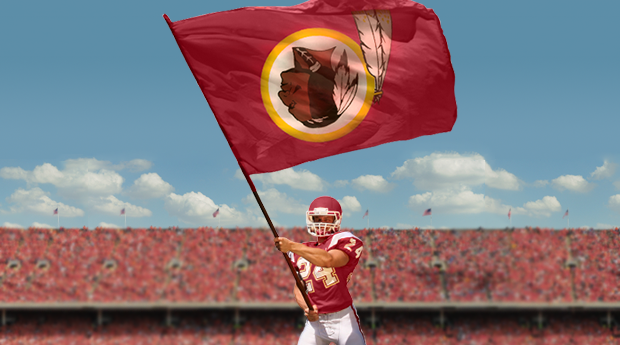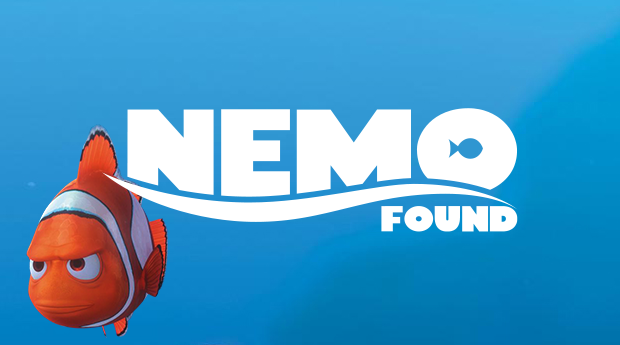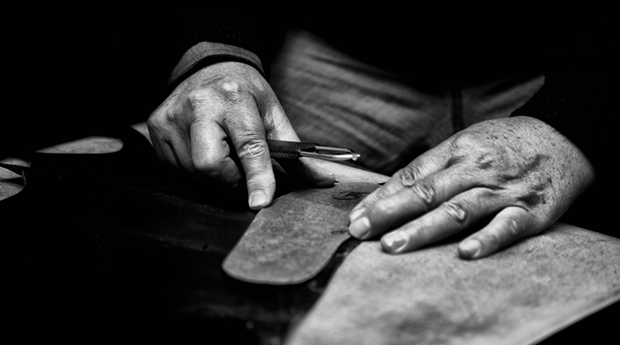The Cost of Not Rebranding the Redskins

Football in America wasn’t always the colossus it is today. It wasn’t that long ago that baseball dominated the headlines and little boys grew up wanting to play sports like soccer and basketball. In the eyes of many, football was barbaric and violent. It was unrefined. It was American machismo at its worst. In his book Brand NFL: Making & Selling America's Favorite Sport, Michael Oriard writes that things came to a head in the early 90s during a string of incidents involving female reporters being barred from the locker rooms or, worse, harassed by the players once inside.
It became a national conversation—one that went far beyond the chalk outlines of an NFL field. It was an American problem. Sexism, hyper-masculinity, and male superiority were running rampant through our culture. At least that was the narrative. And the NFL found itself in the crosshairs, pegged as the root, or at least the worst offender, of this callous mindset.
The NFL had its life-long supporters, but they were growing older. The opportunity to earn a new generation of die-hards was in front of them, but they'd have to start treating football not as a game, but as a brand. And brands need sculpting. They need PR. They need a story.
The Absurdity of Grey Thursday

First came Black Friday, the official start of the holiday shopping season. Then came Cyber Monday, where consumers finally started embracing online shopping, albeit through their employers high-speed Internet connections. And now, we have the prequel nobody asked for, Grey Thursday.
Many people are slamming retailers for opening their doors on one of the biggest holidays of the year, keeping their employees away from their families. But you also have to wag your finger at consumers who are taking the term “Door Busters” literally, pillaging store shelves in hopes of procuring the last Tickle Me Elmo Doll or FurReal Friends Cuddles My Giggly Monkey Pet (and no, I didn’t make that last one up, folks). There are fights, arrests, vandalism, hospitalizations and other tragedies that lead to a bloody start to the holidays.
Problem Solving as a Competitive Advantage

In 1999, Jim Barton and Mike Ramsay saw a huge gap in the home entertainment market. People were growing frustrated trying to record their favorite TV shows and rewatch them. They either had to be home to man the VCR, which sort of defeats the purpose, or if they were really brave they could try to set the timer on the device and hope it didn’t cut off the first couple of minutes of their show. We all know the joke about how setting the clock on your VCR is about as intuitive as assembling a hydrogen bomb, so the results of this method were, unsurprisingly, mixed. Barton and Ramsay understood the problem, recognized the opportunity, and would go on to develop TiVo and forever change the home entertainment landscape.
That’s not the end of the TiVo story, but it might as well be. After enjoying a brief run of massive success, so much so that people still refer to recording shows as “TiVo-ing”, TiVo quickly found itself an afterthought in a crowded marketplace. The company that revolutionized television in the early 2000s today is nothing more than a tertiary player in the space. For reference, TiVo stock peaked at about $50 a share and today is worth about $13. Quite a fall for what was, not that long ago, one of the biggest brand names in the world.
So where did TiVo go wrong? It failed where so many companies before it have failed, and so many more since.
It didn’t have purpose.
Go Ahead & Bury the Lede

“Don’t bury the lede.” That’s what everyone always says to writers. Get to the point. Just give us the information we need.
It’s great advice for journalists. Horrible advice for marketers.
“Don’t bury the lede” is a phrase for reporters who write crime blurbs and short local interest pieces. It’s for articles that start with “Mayor So & So announced yesterday that he was going to do X, Y, Z” and then go on to tell you in forensic detail what happened, who was involved, where, why, how, etc. The news world is based on unbiased facts and conveying information efficiently. “Don’t bury the lede” is for journalists and their editors, not storytellers.
Success Is a Process

Success is a difficult thing to quantify. It’s a lot like the present – it’s hard for us to really understand the moment that we’re in when the lines between what’s past and what’s future are so blurred.
So when people ask “How do you become successful? What are the steps I need to take to achieve success?” they’re asking the wrong questions. Their mindset is flawed. They’re trying to follow a roadmap to a singular destination, when success, like the present, is not a concrete moment in time but an ever-evolving process.
Respecting the Art of Web Copywriting

Writing copy for marketing campaigns is modern day poetry when it’s done right. Great copy engages emotionally. It persuades, entices, entertains, and informs. And nowhere is there more copy, or more important copy, to be written than on a brand new website.
Yet copy is the most overlooked aspect of many design projects. Copywriters all too often don’t get the respect or credit they deserve. The truth is that, when done right, a website is a digital novel. It invokes great storytelling to communicate a specific brand message to an audience.
Most clients realize they need help crafting that message during the branding stage. They realize they need help with design, development, and marketing campaigns. However, too many tend to think that they can write their own website copy. Whether they’re a Fortune 100 or an emerging start up, they all assume they can and should own this.
They shouldn't.